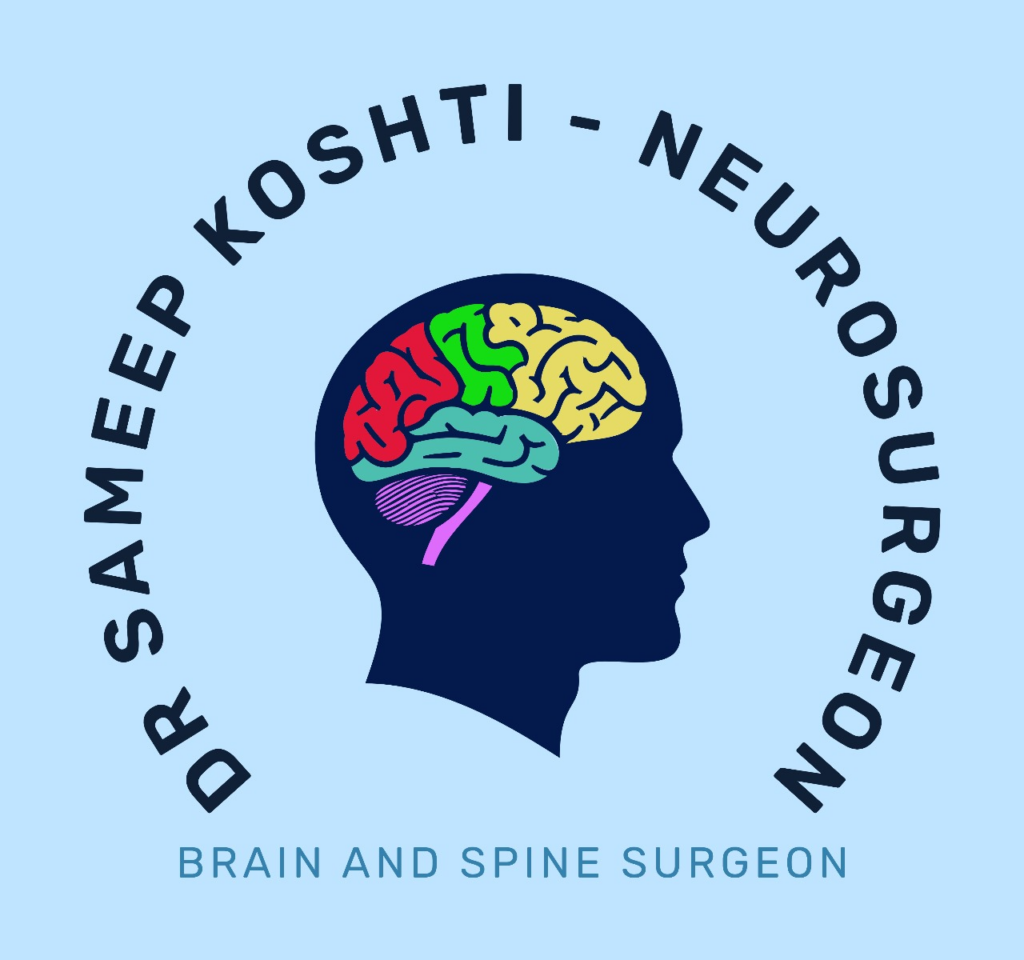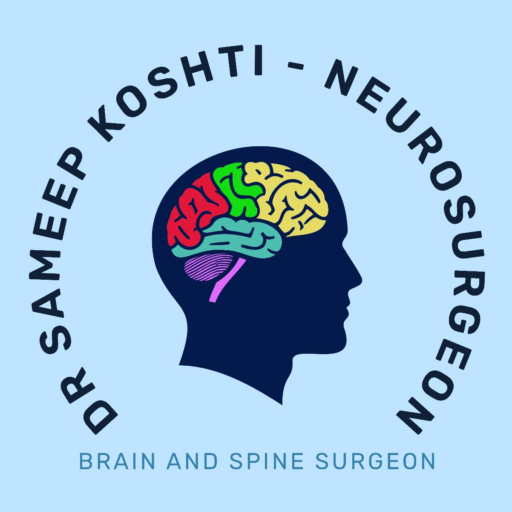What is Kyphosis?
Kyphosis is a condition where the upper back has an abnormal forward curve, creating a rounded or “hunchback” appearance. While the spine naturally has curves that aid in posture, kyphosis refers to an excessive outward curve, which can affect posture and, in severe cases, lead to pain or other health problems. Kyphosis is commonly seen in adolescents and older adults, with mild cases often going unnoticed unless identified during routine checkups.
Types of Kyphosis
There are several types of kyphosis, each with distinct causes and symptoms:
- Postural Kyphosis: Caused by poor posture, often during the teenage years, and typically doesn’t cause pain.
- Scheuermann’s Kyphosis: Occurs due to wedge-shaped vertebrae, more common in males, and often leads to back pain.
- Congenital Kyphosis: Present from birth, caused by abnormal spinal development, and may require surgery to prevent worsening.
- Cervical Kyphosis: Affects the neck, causing the cervical spine to curve abnormally forward.
- Hyperkyphosis: Common in older adults, marked by severe curvature, often exceeding 50 degrees.
Causes and Risk Factors of Kyphosis
Kyphosis can result from several factors, including:
- Poor posture
- Abnormalities in the spine
- Rapid growth during adolescence
- Age-related degenerative changes
- Congenital kyphosis, resulting from spinal deformities present at birth
Risk factors include:
- Rapid growth during adolescence
- Genetic predisposition
- Age-related spinal changes in older adults
Diagnosis and Treatment of Kyphosis
Kyphosis is diagnosed through a physical examination and imaging tests, such as X-rays, to measure the curvature of the spine. Kyphosis is confirmed when the curve exceeds 50 degrees.
Treatment depends on the severity of the condition and may involve:
- Physical Therapy: Exercises to improve posture and strengthen muscles.
- Pain Management: Anti-inflammatory medications to relieve pain.
- Bracing: Often used to prevent progression in children with Scheuermann’s kyphosis.
- Surgery: In severe cases, spinal fusion surgery may be necessary to reduce the curvature.
Prevention and Outlook for Kyphosis
Preventing kyphosis includes maintaining good posture, strengthening the core muscles, and using proper techniques when carrying bags to avoid straining the spine. While congenital and structural kyphosis can’t always be prevented, early diagnosis can improve treatment outcomes. In some cases, kyphosis may recur even after treatment, so ongoing attention to posture and regular check-ups are important for long-term spinal health.
Take Control of Your Spine Health
If you or a loved one is experiencing symptoms of kyphosis, We offer expert care and advanced treatment options. Our dedicated team specializes in spine health, providing personalized support and guidance for a healthier, pain-free life. Contact us to learn more and take control of your posture and comfort.



